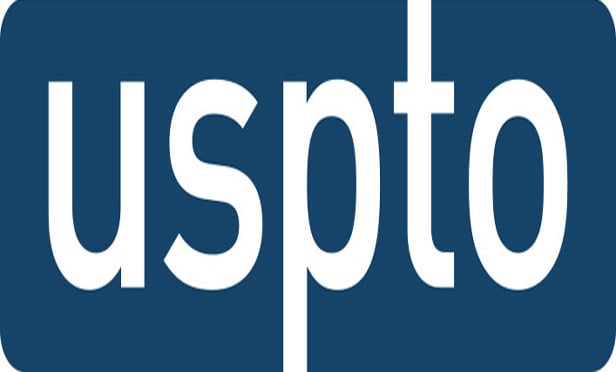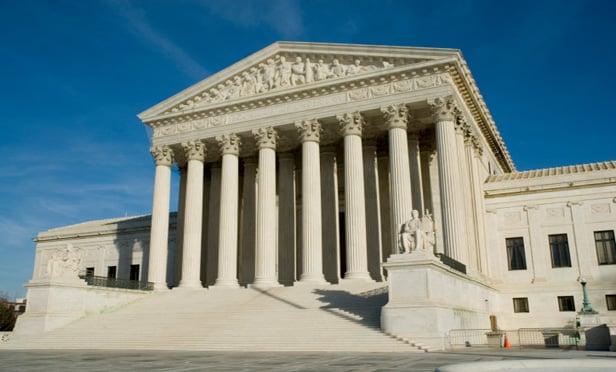Features

Federal Circuit Provides Guidance on IP Case Transfer Motions
In the past year, the Federal Circuit has repeatedly required the U.S. District Court for the Western District of Texas to transfer patent infringement suits from that district to more convenient venues, and in doing so it has provided increasingly specific — and often pointed — guidance to courts and litigants on the appropriate analysis for transfer motions.
Features

U.S. Supreme Court Could Make Copyright Officer Significant Player In Copyright Infringement Litigation
The U.S. Supreme Court granted certiorari in Unicolors v. H&M Hennes & Mauritz to address the following question: "Did the Ninth Circuit err in breaking with its own prior precedent and the findings of other circuits and the Copyright Office in holding that 17 U.S.C. §411 requires referral to the Copyright Office where there is no indicia of fraud or material error as to the work at issue in the subject copyright registration?"
Features

USPTO Looking to Beef Up Its Own Trademark Protection
The agency announced that the Department of Commerce has applied to register the USPTO's marks in a bid to crack down on scammers who are impersonating the agency.
Columns & Departments

IP News
Federal Circuit Clarifies Pleading Requirements for Patent Cases and Affirms Grant of Summary Judgment of Invalidity under 35 U.S.C. §101 Federal Circuit Holds that Pendency of Motions Unrelated to Interlocutory Judgment Does Not Toll 30-Day Limit to File Notice of Appeal
Features

Artificial Intelligence and Subject Matter Eligibility In U.S. Patent Office Appeals
For the foreseeable future, patent applications involving artificial intelligence technologies will increase with the continued proliferation of such technologies. However, subject matter eligibility can be a significant challenge in securing patents on artificial intelligence and machine learning.
Features

U.S. Supreme Court Narrows Assignor Estoppel Doctrine In Continuation Patent Case
Nearly a century after endorsing the doctrine of assignor estoppel, the Court concluded that it applies "when, but only when, the assignor's claim of invalidity contradicts explicit or implicit representations he made in assigning the patent."
Features

Supreme Court Looking to Resolve Federal Circuit Split In Patent Act §101 Case
The Supreme Court is considering a petition in a §101 case, in which the Federal Circuit split six-to-six in denying rehearing en banc, and in which the Supreme Court recently called for the views of the Solicitor General.
Features

U.S. IP Reform Needed to Prepare for AI Era
For the U.S. to maintain its technological edge, it must encourage Americans to make more discoveries in AI and other emerging technologies. This in turn requires providing strong IP rights to incentivize and protect the huge investments required to make those discoveries.
Columns & Departments

IP News
Federal Circuit, Citing Forum-Shopping, Transfers Patent Cases to California
Features

Second Circuit Examines Factors for 'Future Injury' from Personal Information Disclosure
The U.S. Court of Appeals for the Second Circuit recently took that issue up as an "issue of first impression," explaining what factors courts in the Second Circuit should consider when determining whether an individual has adequately plead a cognizable "future injury" as a result of the unauthorized disclosure of their personal information.
Need Help?
- Prefer an IP authenticated environment? Request a transition or call 800-756-8993.
- Need other assistance? email Customer Service or call 1-877-256-2472.
MOST POPULAR STORIES
- Yachts, Jets, Horses & Hooch: Specialized Commercial Leasing ModelsDefining commercial real estate asset class is essentially a property explaining how it identifies — not necessarily what its original intention was or what others think it ought to be. This article discusses, from a general issue-spot and contextual analysis perspective, how lawyers ought to think about specialized leasing formats and the regulatory backdrops that may inform what the documentation needs to contain for compliance purposes.Read More ›
- Hyperlinked Documents: The Latest e-Discovery ChallengeAs courts and discovery experts debate whether hyperlinked content should be treated the same as traditional attachments, legal practitioners are grappling with the technical and legal complexities of collecting, analyzing and reviewing these documents in real-world cases.Read More ›
- Identifying Your Practice's DifferentiatorHow to Convey Your Merits In a Way That Earns Trust, Clients and Distinctions Just as no two individuals have the exact same face, no two lawyers practice in their respective fields or serve clients in the exact same way. Think of this as a "Unique Value Proposition." Internal consideration about what you uniquely bring to your clients, colleagues, firm and industry can provide untold benefits for your law practice.Read More ›
- Risks and Ad Fraud Protection In Digital AdvertisingThe ever-evolving digital marketing landscape, coupled with the industry-wide adoption of programmatic advertising, poses a significant threat to the effectiveness and integrity of digital advertising campaigns. This article explores various risks to digital advertising from pixel stuffing and ad stacking to domain spoofing and bots. It will also explore what should be done to ensure ad fraud protection and improve effectiveness.Read More ›
- Turning Business Development Plans Into RealityThis article offers practical insights and best practices to navigate the path from roadmap to rainmaking, ensuring your business development efforts are not just sporadic bursts of activity, but an integrated part of your daily success.Read More ›
